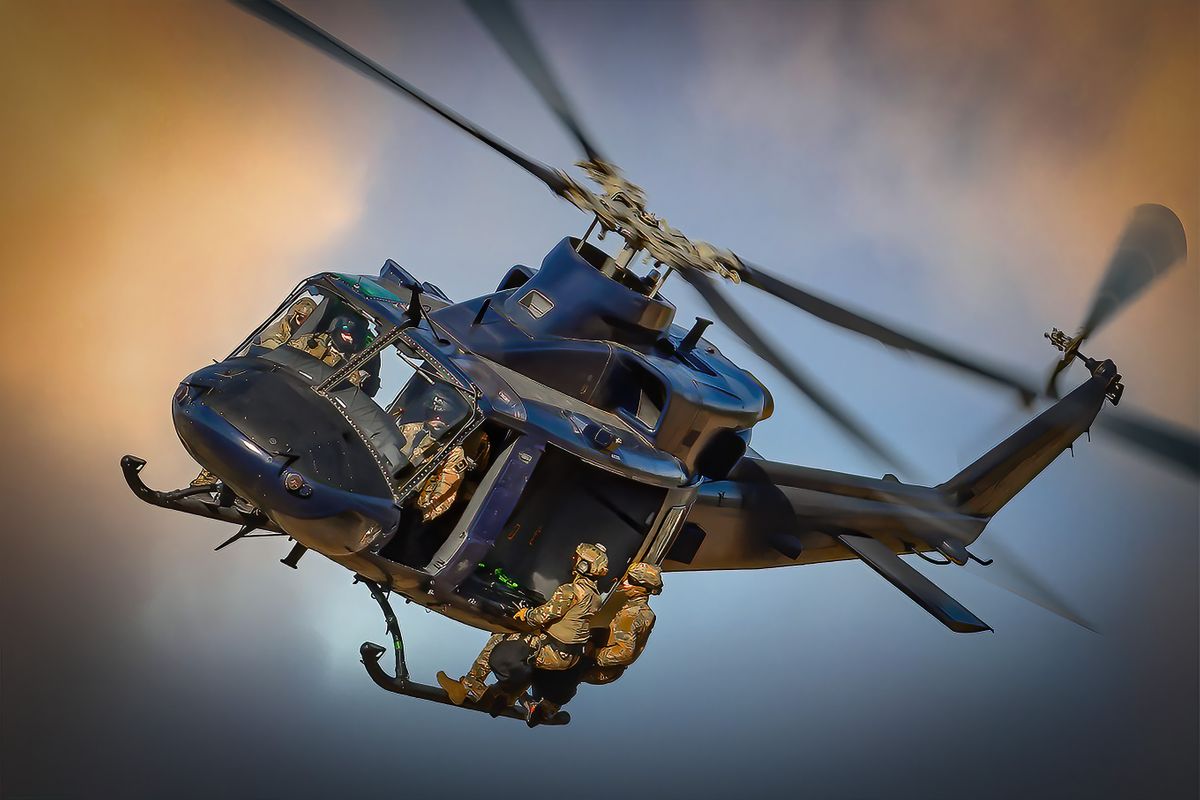Special operation forces (SOF) are woven into the structure of national miltaries around the globe. Many are regarded as the most highly trained, well-equipped and formidable military operators in the world. They are valued for their ability to conduct unconventional and covert warfare missions beyond the scope of conventional military forces.
The Canadian Special Operations Forces Command (CANSOFCOM) is the element of the Canadian Armed Forces (CAF) responsible for SOF. Their stated mission: “To provide the Government of Canada with agile, high-readiness Special Operations Forces capable of conducting special operations in defense of Canada both at home and abroad.”
Under the CANSOFCOM umbrella are five distinct units: Joint Task Force 2 and Canadian Special Operations Regiment, warfighter units with assaulters/tactical operators; Canadian Joint Incident Response Unit, a chemical, biological, radiological and nuclear response; Canada Special Operations Training Center, a training center for all SOF personnel; and 427 Special Operations Aviation Squadron (427 SOAS), a precision tactical/utility airlift capability. A sixth entity is a headquarters providing command and control to all CANSOFCOM units.
The 427 SOAS is based at Canadian Forces Base (CFB) Petawawa, Ontario. It is comprised of highly motivated, specially screened and selected individuals who are trained and equipped to seamlessly integrate with the other CANSOFCOM units. They utilize in the CH-146 Griffon, an agile and versatile helicopter, (a variant of the conventional Bell 412), ideally suited for executing the squadron's diverse missions.
In December 2021, 427 SOAS extended an invitation to Vertical magazine to join them at a remote training venue in west Texas to observe and cover various evolution of their helicopter crew tactical training. I keenly understood this was a rare invite to have Canadian SOF offer such access. So to say I was excited to have this assigned to me would be an understatement.
The austere landscapes of West Texas and the exceedingly dark nighttime skies pushe these aviators to their limits, preparing them for the challenges they may face in real-world operations.
During their deployment to the training facility, the crews performed a number of training revolutions including; low-level flight training - flying at low altitudes and high speeds requiring exceptional skill and precision, simulating real-world mission scenarios.
Night Operations: Operating helicopters under the cover of darkness is crucial for special operations. NVGs or Night vision technology is extensively utilized during training to ensure aviators can navigate and operate effectively in the dark.
Simulated Combat Missions: Realistic combat scenarios, including troop insertions, extraction operations, and close air support, are a core part of the training curriculum. These exercises are designed to prepare aviators for the high-pressure situations they may encounter in actual combat.
They also underwent rigorous training to excel in both day and night time personnel insertions and extractions using helicopters - essential skills in combat scenarios. Their intensive training encompassed a wide range of scenarios and environments, ensuring they can seamlessly execute these critical operations under any circumstances.
Working alongside the Canadian 427 Special Operations Aviation Squadron was an extraordinary and a seldom-offered privilege for civilian journalists. This elite military unit's operations are shrouded in secrecy, and their high-risk, specialized missions demand an unparalleled level of skill and dedication.
This commitment to excellence highlights Canada's dedication to maintaining a highly skilled and adaptable force, ready to support global security efforts with precision and efficiency.
For journalists, gaining access to this world of precision, stealth, and unwavering commitment is akin to stepping into the realm of real-life heroes. It provides a unique opportunity to witness firsthand the intense training, cutting-edge technology, and unparalleled courage that define the men and women who serve in this elite squadron. Reporting on their activities not only sheds light on their critical contributions to national security but also underscores the sacrifices they make to protect our freedoms.
While this was indeed an experience I'll not soon forget, (and I can't even talk about some of the craziest, most extraordinary moments of my time with them), as a photographer, I did face one unique challenge which I feared could negatively impact my ability to capture the photos I had originally envisioned. Ya see, I expected to capture air-to-air shots from a separate helicopter, however, circumstances dictated otherwise.
Slightly frustrated but undeterred, I embraced creativity on the ground. I strategically positioned myself in some precarious settings, hoping to capture dramatic photos of these elite aviators in action. It was a test of my adaptability and resourcefulness, and I think some of the resulting images showcased the squadron's professionalism and valor in ways I originally had not imagined.
My time with the 427 SOAS left me with a profound appreciation for the dedication and ingenuity of those who serve in special operations, and it reinforced the idea that sometimes the best shots are found where you least expect them.

